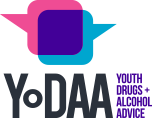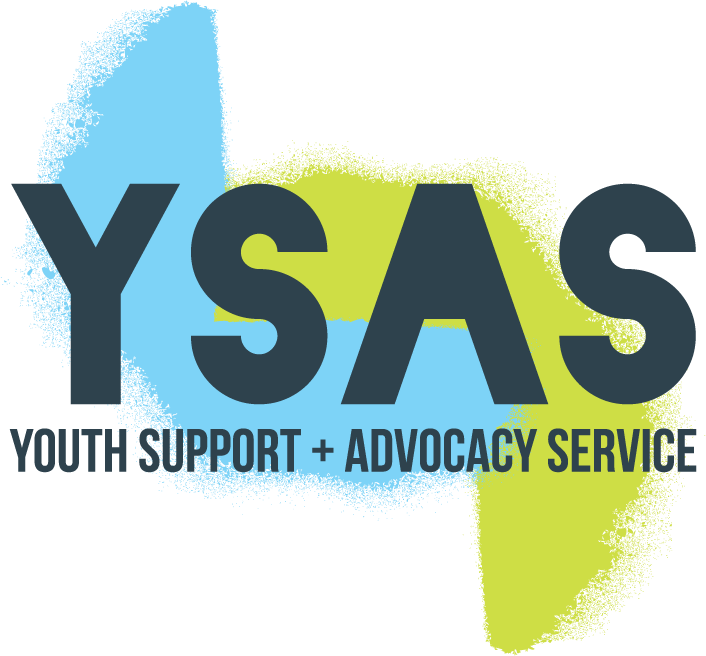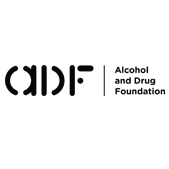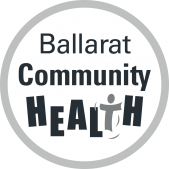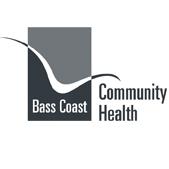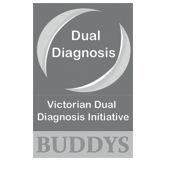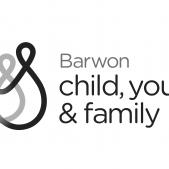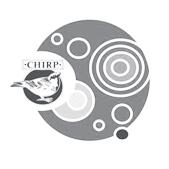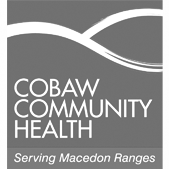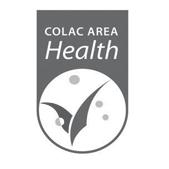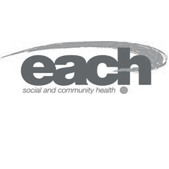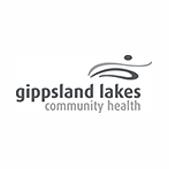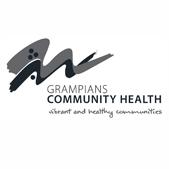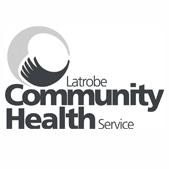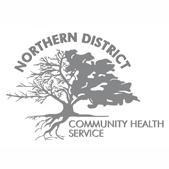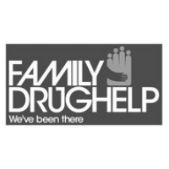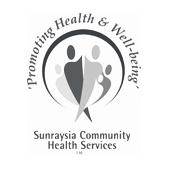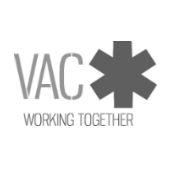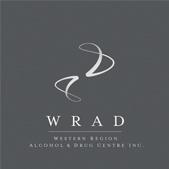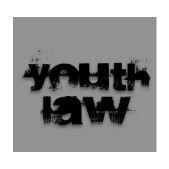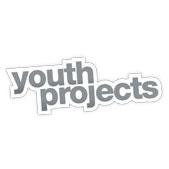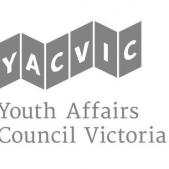Drug Facts
Cannabis - Fast facts for schools
A young person may appear talkative and giggly with excessive hunger or withdrawn and relaxed. They may have decreased concentration and slower reaction times.
WHAT
Cannabis is an illegal drug made from drying various parts of the Indian hemp plant. One of the main active chemicals in cannabis is THC [delta-9-tetrahydrocannabinol] but there are many others (such as CBD-cannibidiol) which can contribute to the overall effects.
OTHER NAMES
Marijuana, choof, grass, pot, weed, hash, reefer, dope, herb, mull, Buddha, ganja, joint, stick, buckets, cones, skunk, hydro, yarndi, smoke, hooch, green, budd
SIGNS SOMEONE HAS RECENTLY USED THIS DRUG
A young person may appear talkative and giggly with excessive hunger or withdrawn and relaxed. They may have decreased concentration and slower reaction times. Their eyes may appear red rimmed and glassy and their pupils larger than usual.
Cannabis smells quite different to cigarette smoke however, like cigarettes, can linger on a persons clothes or hair after use. The smell has been described as ‘sweet’ ‘herbal’ ‘pungent and oily’ and ‘like burning leaves in the garden.’
SIGNS THAT SOMEONE MAY BE USING AT SCHOOL
Cannabis is most commonly sold in small zip lock bags and has the appearance of dried whole leaves and buds of the plant. When crushed it looks like a dried culinary herb such as basil.
A cannabis cigarette or ‘joint’ will look like a tobacco cigarette that has been made by hand rather than machine and may be uneven with the contents roughly packed.
Cigarette papers, small bowls, scissors and cigarettes with some or all of the tobacco removed are other items to look out for.
Water pipes known as ‘bongs’ can be made at home out of any plastic drinking bottle or purchased readymade and are commonly used to smoke cannabis.
HOW COMMON IS USAGE?
Along with alcohol and tobacco, cannabis is the most commonly used drug by young people accessing support services. Over 35.4 per cent of Australians over age 12 have used cannabis in their lifetime. Enquiries to YoDAA from schools are most frequently regarding cannabis and alcohol.
IMPLICATIONS FOR THE CLASSROOM
A young person who has used cannabis at, say, lunchtime, will have trouble concentrating and may be giggly, distracted or subdued and withdrawn.
Long term use leads to difficulties retaining information and concentrating. Some young people struggle with low self confidence, uncertainties around socialising and may isolate themselves to try and keep anxiety and paranoia under control.
IMPLICATIONS FOR SCHOOL CAMP
A young person who has been using cannabis every day for several months may have trouble sleeping at night and be agitated and anxious in the evening and tired and worn out in the morning. They may be irritable, anxious and have a poor apatite or nausea and distracting thoughts about ‘wanting to use’ (cravings).
Didn’t find what you are looking for? We’ve just given you the most relevant fast facts for school teachers’. For a more comprehensive guide we recommend the ADF’s fact sheet. Remember, if you are worried about a young person in your school, talk to YoDAA.
